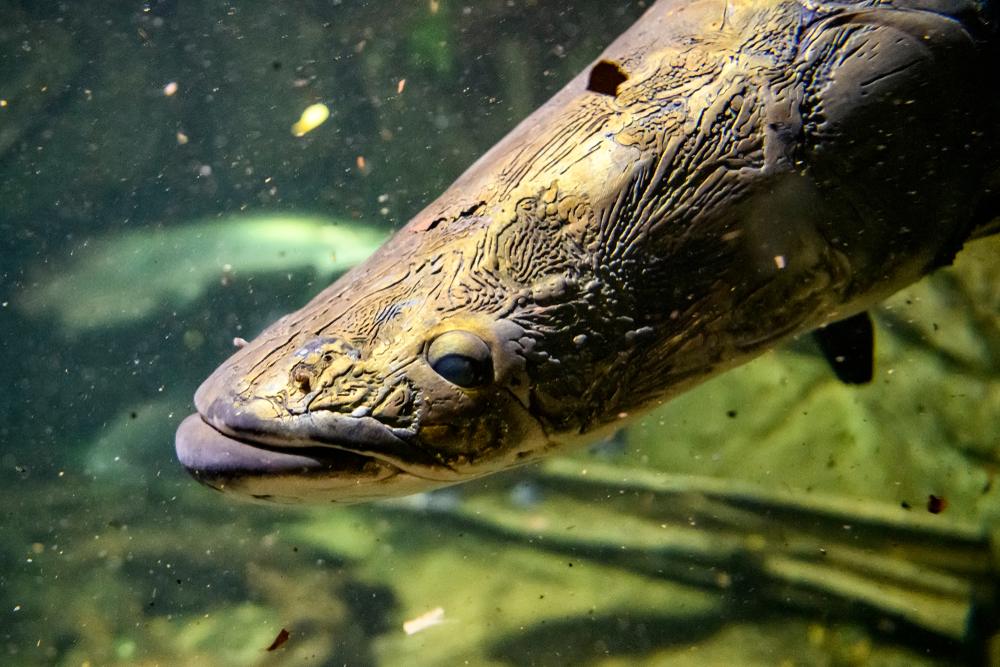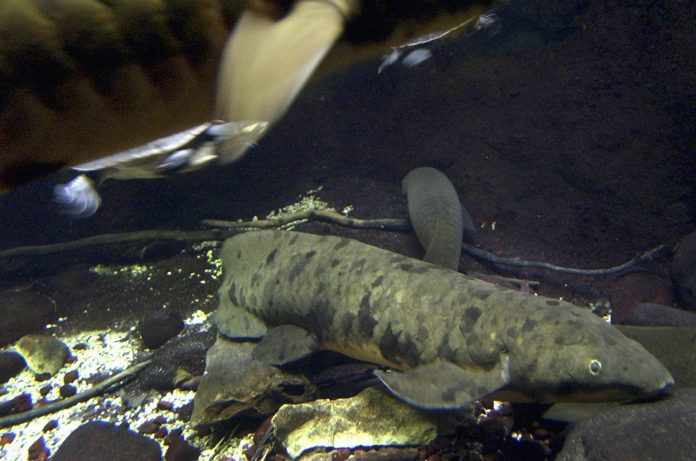Biologists say they have cracked the genetic code of the Australian lungfish, an ancient creature that lived in the time of the dinosaurs and remains unchanged today.
The lungfish is native to the Mary River on the Sunshine Coast and was a key feature in the raging debate to build the Traveston Dam which was eventually abandoned.
The species, first discovered 150 years ago, is considered to be a “living fossil”.
Also known as the Queensland lungfish it is native to two Queensland rivers, the Mary River and the Burnett River in the Bundaberg region.
A study in the Nature Journal has revealed the lungfish has the largest known genome in the animal world, with more than 43 million DNA building blocks.
Its genome is almost 14 times as long as our own human genome, shedding more light on evolutionary history.
Get more Sunshine Coast stories direct to your inbox by subscribing to our free daily news feed: Go to SUBSCRIBE at top of this article to register.

The new research provides insights into the advances that enabled the first fish to venture onto land about 400 million years ago.
The fish ancestors had to evolve lungs for breathing air as well as changes to their limbs and ways of reproduction, for example.
Now scientists have been able to show that the development of lungs was driven by the same gene in humans and lungfish.
“The lungs of lungfish can therefore be traced back developmentally to the same origin as those of terrestrial vertebrates, including humans,” Professor Axel Meyer of the University of Konstanz explained.

The lungfish’s fin also contains fingers, an ulna and a radius, which are formed in humans using the same genetic information.
The genome decoders’ findings confirmed the hypothesis that the fish is more closely related to land vertebrates than the coelacanth, making it our closest living fish relative.
They can breathe using their gills as well as their lungs.
Several of the animal’s chromosomes contain as many building blocks each as the complete human genome with its 23 chromosomes.





